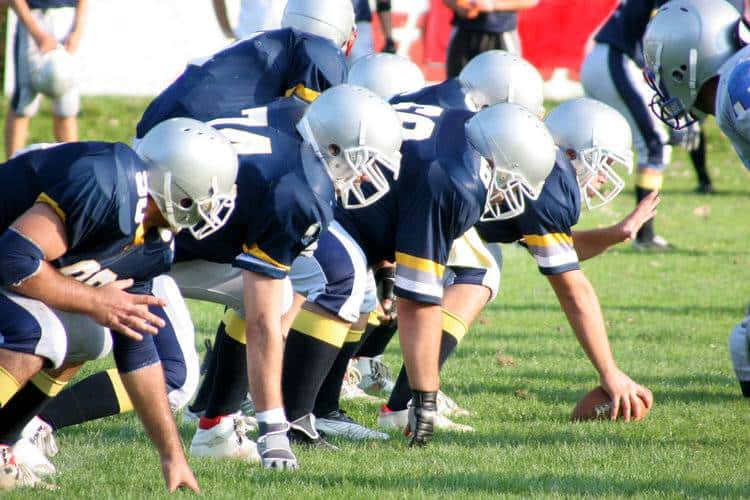Sports photography requires practice, just like the sports that are being photographed. Whether you are photographing football, baseball, rugby, or any other sport, taking motion sports photos can be a challenge, until you begin to understand the best settings to use.
Most photographers, amateur or professional, start off learning how to take photos of still life, landscapes, and other stationary subjects. With these subjects, you are able to take your time to choose the right lens and set your aperture, ISO, and shutter speed.
With sports photography, the majority of your shots are going to involve moving subjects. If you want clear photos, you are going to be limited in options. There is definitely a learning curve to getting your settings right, but understanding the following basics will help you out.
Contents
Use a Tripod
The constant motion of a sports game will require you to constantly be in motion. While using a high shutter speed and ISO setting, you should be able to capture your subject without any blur, but if you are also moving about, your final photo may end up blurry.
Use a tripod to minimize your movement and help keep your camera steady. If possible, use a remote trigger to snap photos or set your DSLR camera for continuous shooting, while using the handle on the tripod to pan left to right.
Choose the Right Lens
Part of the reason that DSLR cameras are still used in professional photography is that photographers have the option of using interchangeable lenses. You can use one lens for sports photography and another lens for shooting still subjects. You may even use multiple lenses to capture the same sporting event.
A wide angle lens is commonly used for capturing more of the field. The photograph ends up capturing more of the action. With a narrower lens, you can focus more on individual subjects or a specific point of interest.
Choose the Right Shutter Speed
Once you have the lens chosen for shooting sports photography, the next step is to find the right balance of ISO and shutter speed settings. The shutter speed determines how long the shutter remains open. To prevent blur, you should use as high of a shutter speed as possible. A good starting point is a shutter speed of 1/1000th of a second.
Set Your ISO
While setting a fast shutter speed, you will be letting less light through. This makes it difficult to capture your subject in low-light situations, such as a night game or indoor sporting event. In order to correct this problem, you can set a higher ISO setting. You should try to stick between 800 and 3200 for your ISO. Start with 1600 and make adjustments based on the available lighting. If your pictures are too light, lower your ISO setting. If they are too dark, increase your ISO.
By adjusting your shutter speed and ISO during an event, you can find the perfect combination of settings to use.
Adjust Your Aperture
Now that you can take clear photos, the next step is learning how to take engaging sports photography photos. The aperture, or f-stop, is used to adjust the depth of field and change the style of your photos. With a lower f-stop setting, such as 3.5, more light passes through your camera. This shortens your depth of field – the distance captured before the background gets blurry.
With sports photography, you will likely use a higher f-stop setting, to capture a larger depth of field, but you may not want the crowd in the background to be completely in focus. This places more focus on the action of the sporting event. A f/32 setting will allow everything to be in focus, while a f/8 or f/16 may allow you to leave the background slightly out of focus.
If you are interested in sports photography and want to be able to take amazing shots with a DSLR camera, then remember to use these tips. Experiment with different combinations of ISO, shutter speed, and f-stop settings and keep a mental note of the settings that use for different styles and lighting situations.

About Author
Connor Kovack is a Los Angeles based professional photographer & videographer with over 6+ years of experience. Connor is CEO of KovMedia and specializes in Music Videos, Commercials, Photography & More.
